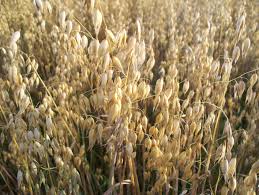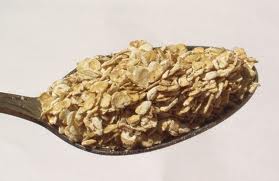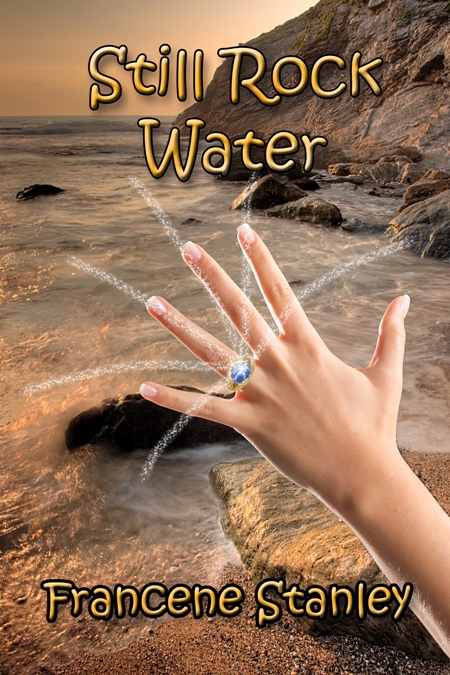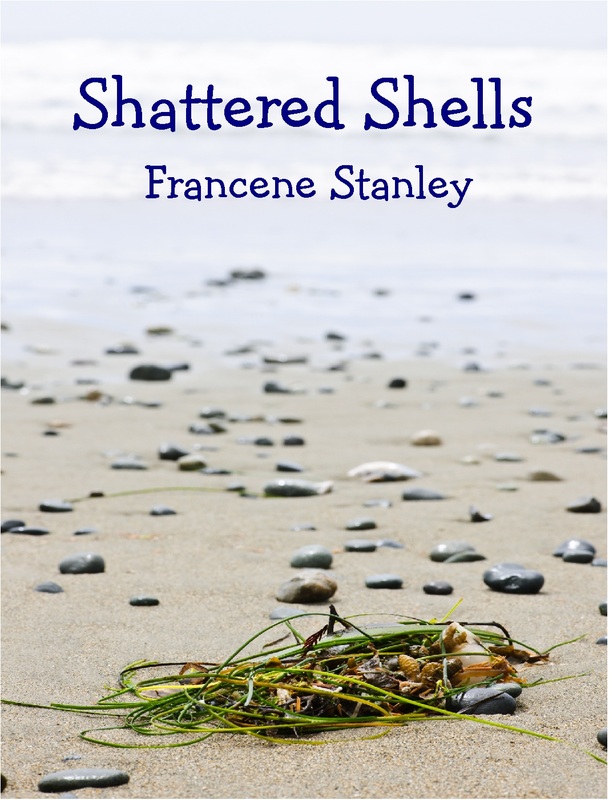
However, they're equally as good for you on the skin. As well as eating oats, you can actually incorporate them as part of a healthy skincare routine.
Our ancestors down the ages used the beneficial effects of oats on their skin. Records of its use date back to 2,000 BC. (I love to ponder how someone first rubbed a mixture on and liked what they saw. Perhaps they dropped some of their cooked porridge onto their folded legs.) The use of oatmeal compresses was also widespread in the 19th century when homeopathy was flourishing.
Colloidal oatmeal is made by finely grinding oat grains and then boiling them. It is full of vitamins, minerals and lipids, as well as natural anti-inflammatories and antioxidants.
The end product relieves itchy and sore insect bites, rashes, allergic reactions and chickenpox spots, as well as sunburn. It also helps to neutralize the high skin pH level caused by eczema and psoriasis, while people with rosacea can also benefit from their anti-fungal properties.
Anyone can incorporate oats into a daily regime in a protective way. The structures called polysaccharides react with water to become gelatinous and leave a protective film on the skin. Locking moisture in prevents dullness and flaking, particularly in the winter months.
That's something that affects me, especially in the lower leg. If I brush my skin there, I end up with a pile of flakes on the floor to sweep up.
Also, the natural chemicals called saponins have emulsifying and foaming abilities. They therefore act as a cleanser to absorb dirt, oil and odors, making oats wonderful for soaps, face masks and cleansers for all skin types. Mix a tablespoonful of finely ground, boiled oats into a paste with warm water, then add a tablespoon of honey for a natural face mask that can be rinsed off after a few minutes. I've got to try this. All I need do is to save a spoonful of my porridge.

Oats gain part of their distinctive flavor from the roasting process that they undergo after being harvested and cleaned. Although oats are then hulled, this process does not strip away their bran and germ. This allows them to retain a concentrated source of their fiber and nutrients. Different types of processing are then used to produce the various types of oat products, which are generally used to make breakfast cereals and baked goods:
Oat groats: unflattened kernels that are good for using as a breakfast cereal or for stuffing
Steel-cut oats: featuring a dense and chewy texture, they are produced by running the grain through steel blades that thinly slices them.
Old-fashioned oats: have a flatter shape that is the result of their being steamed and then rolled.
Quick-cooking oats: processed like old-fashioned oats, except they are cut finely before rolling
Instant oatmeal: produced by partially cooking the grains and then rolling them very thin.
Oat bran: the outer layer of the grain that resides under the hull. While oat bran is found in rolled oats and steel-cut oats, it may also be purchased as a separate product that can be added to recipes or cooked to make a hot cereal.
Oat flour: used in baking, it is oftentimes combined with wheat or other gluten-containing flours when making leavened bread.
So, inside and out, oats are just about the perfect natural product. Right, I'm off to eat my morning porridge, which I make with half milk and half water, and then drizzle honey over the cooked bowlful.
And, they say: write what you know. So—the characters in my dystopian novels often cook grains on their camp fire to dull the pains of hunger if the men haven't been able to find meat. Of course, my main character, Cerridwen would rather eat fruit and nuts anyway. She's SO like me. Hehe.





 RSS Feed
RSS Feed
